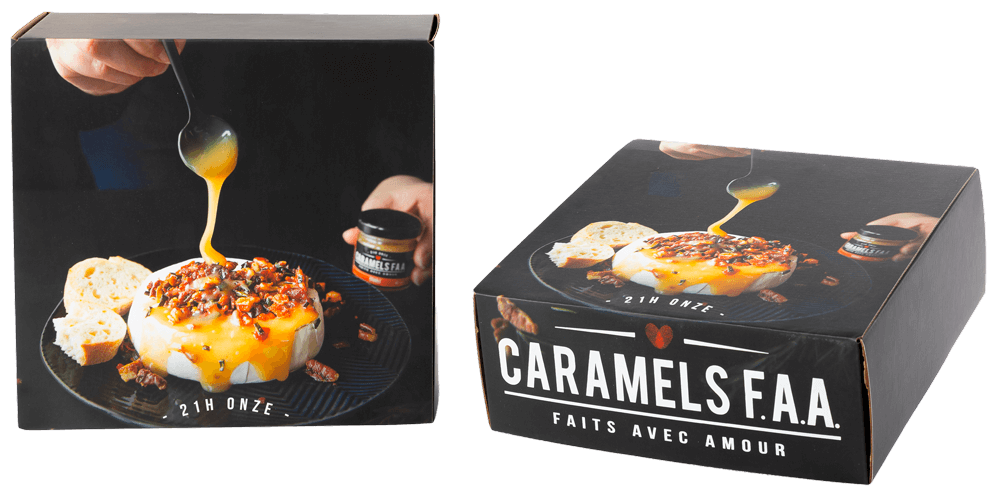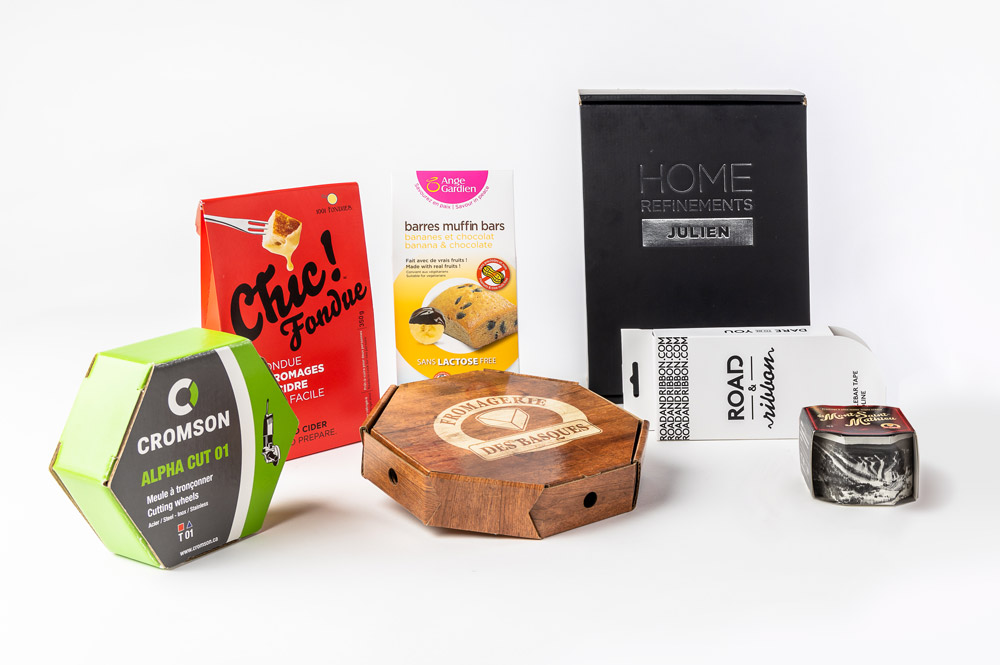Custom retail boxes for powerful packaging solutions
Retail packaging is a key element of retailers’ success, as it often represents the first point of contact between the consumer and the product. More than just a container, it captures attention in-store, conveys brand identity, and directly influences the purchase decision.
To stand out in a competitive market, packaging must be practical, attractive, and distinctive, incorporating visual elements such as the logo, brand colors, and messaging. In doing so, it helps build customer loyalty, strengthen brand awareness, and consolidate market share. It must also comply with applicable regulations, including French language requirements in Quebec, while enhancing the user experience and showcasing product performance.
Discover the power of our custom retail packaging boxes and give your brand the edge it deserves in the competitive retail landscape.
There are several packaging manufacturers, but few can be as creative as Laklé.
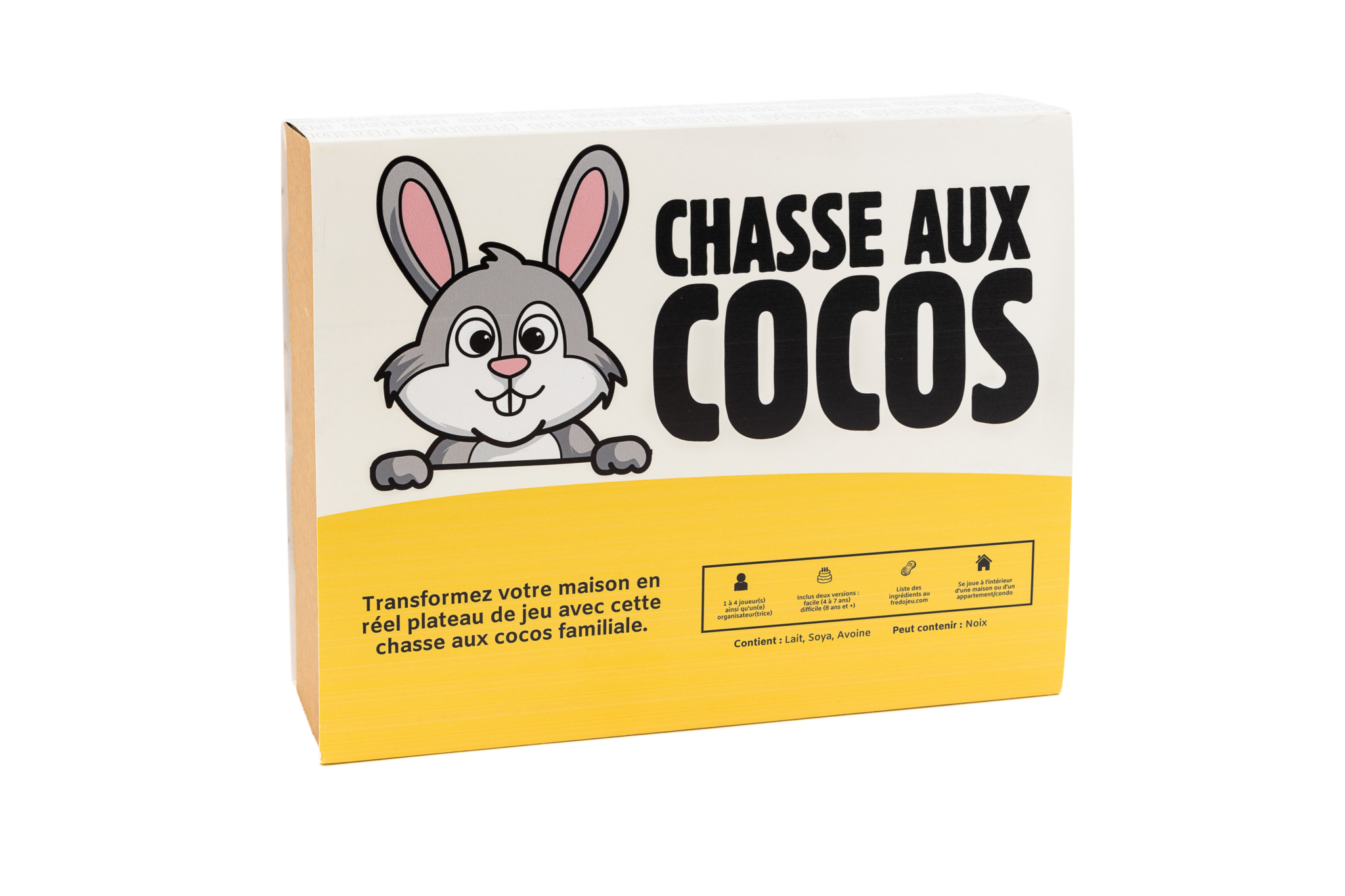
Innovate strategically
Retailers often have different innovation priorities than their packaging partners. Laklé listens to its customers and understands that their success depends on ensuring that consumers can find, identify and buy the products they want and need.
That’s why Laklé develops innovative custom retail boxes whose primary role is to help convert consumer products from unknown options to must-have items. Laklé’s technical team is keenly aware that retail packaging boxes must offer more than just protection to any product. It must speak to the brand, must intelligently communicate its value, and must necessarily leverage the company’s key assets in the best way possible for consumers.
Laklé offers different types of custom retail boxes based on products, needs and budgets. Let our master box makers craft retail packaging boxes that showcase your brand’s value, captivate consumers, and elevate your products to new heights. Take your brand to the next level today!
Some satisfied clients
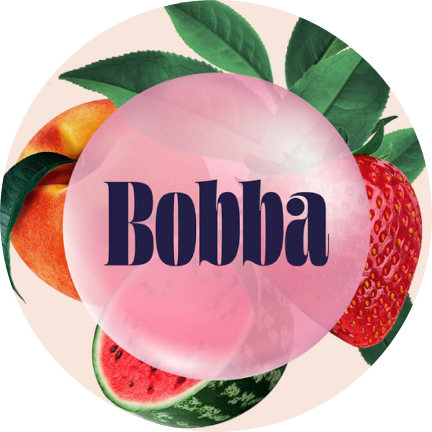
Wow, what amazing work once again! Thank you to the whole team.
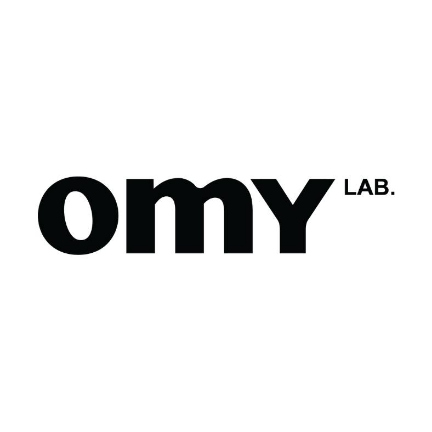
I’d like to take this opportunity to thank you and your team for your support and invaluable collaboration ☺️ You’re doing an excellent job, and we truly appreciate it.
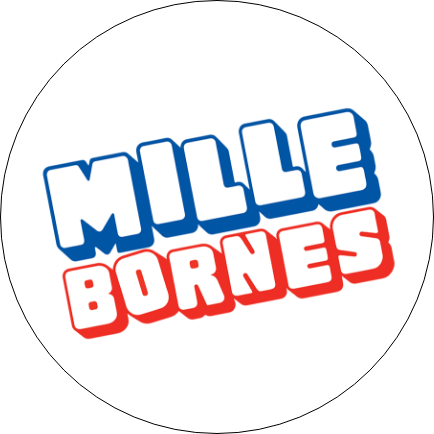
The event at Volkswagen went really well, and there were a lot of positive and impressive comments… about the Mille Bornes game! It was the highlight of the evening for many people!
Thank you all for your efficiency in turning things around to help us this week!
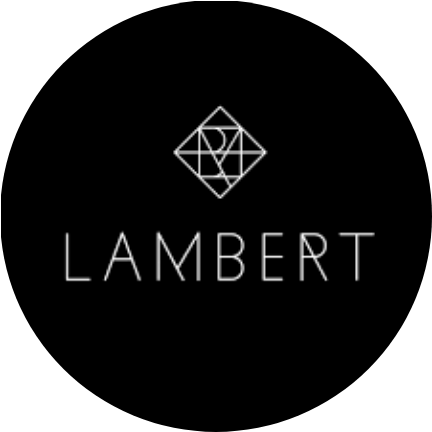
They are stunning!! A huge thank you for everything! I will definitely keep your contact for future projects.

Frequently Asked Questions on retail boxes
What is retail packaging?
Retail packaging is the packaging of a product intended for sale in physical stores. It must catch the eye, reflect the brand identity, protect the product during transport and handling, and provide a pleasant experience for the consumer at the time of purchase.
Why invest in customized retail packaging?
Customized packaging helps you stand out from the competition, strengthen brand recognition, create an emotional connection with the customer right on the shelf, improve the unboxing experience, and ultimately increase customer loyalty. Well-designed packaging is also a powerful visual marketing tool.
What eco-friendly materials do you offer for retail packaging?
We use materials such as recycled or FSC-certified cardboard, finishes without unnecessary plastics, and biodegradable coatings or protectors. The goal is to provide a sustainable alternative while maintaining quality, durability, and aesthetics.
How do you ensure packaging complies with Quebec regulations (including language and labeling requirements)?
You are in charge of the design.
What is the production lead time for customized retail packaging?
Lead times depend on several factors: design, finishes, quantities, and the material chosen. Typically, once visuals/prototypes are approved, production takes 3-4 weeks. For urgent projects, we can discuss accelerated timelines.
What is the estimated cost of customized retail packaging?
Costs vary based on size, material, level of customization (logo, printing, varnish, embossing), and order quantity. Smaller runs with simple customization have a higher per-unit cost than large series. We provide quotes tailored to your budget.
Is there a minimum order quantity?
There’s no minimum quantity, it depends on your budget. The less you take, the more the unit price will be higher.
Can you provide samples or prototypes before production?
Yes. Depending on the project, we can provide prototypes or samples to validate design, colors, dimensions, and finishes before mass production. This allows adjustments before the full production run.
How does packaging improve shelf visibility?
Well-designed retail packaging attracts visual attention with distinctive colors, shapes, and typography, an aesthetic and functional use of the logo, and product-enhancing features (windows, inserts, premium finishes). These elements boost recognition and capture customer attention in-store.
How can packaging reduce losses or damage?
By choosing sturdy materials, precisely sizing the packaging to avoid excess movement or tension, applying reinforcement or cushioning techniques (corners, inserts), and testing prototypes to ensure they withstand transport, handling, and storage conditions.
